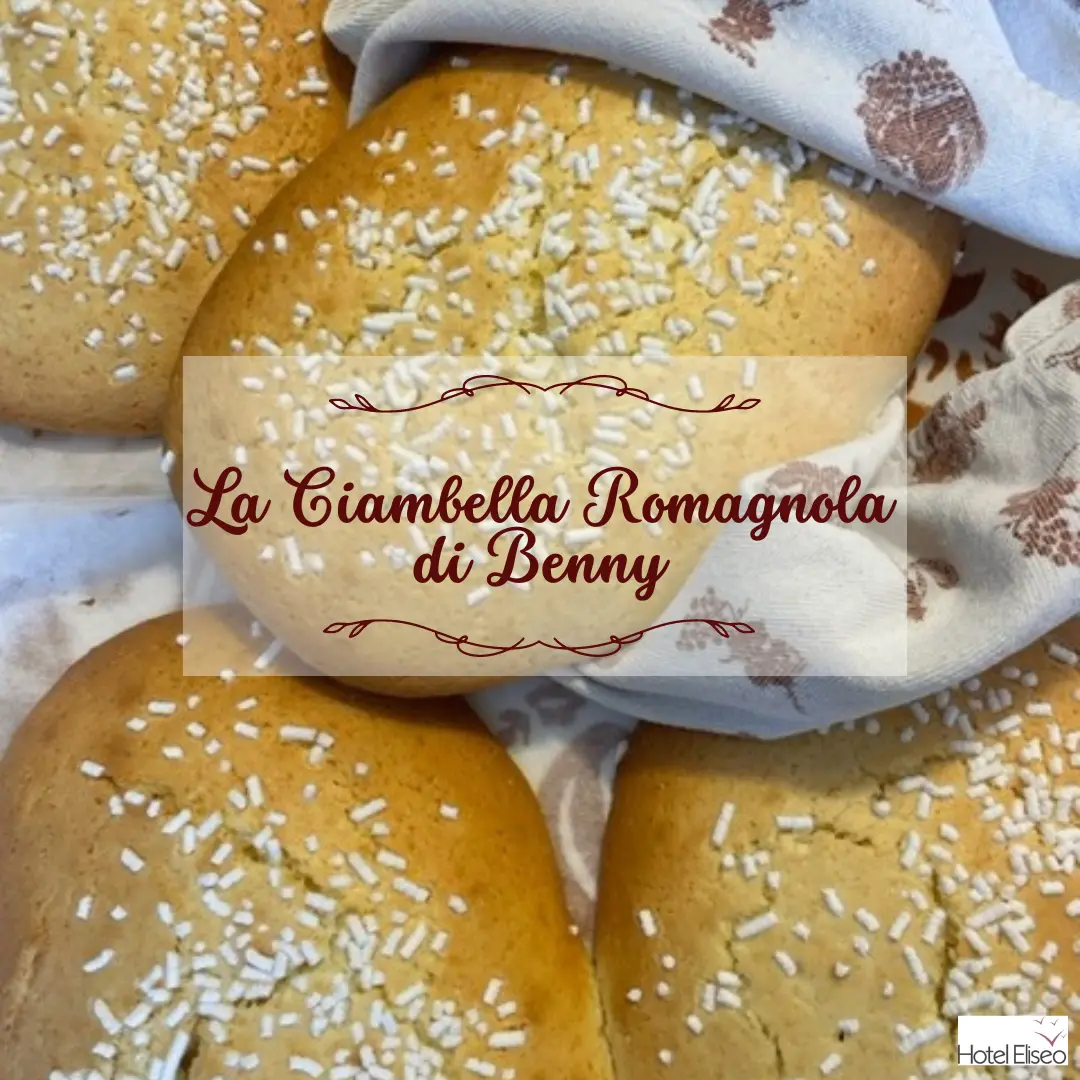The Ciambella Romagnola
Dear Friends of the Hotel Eliseo,
Surely during your summer vacation you have enjoyed it for breakfast on our buffet or as a dessert at the end of one of our Romagna dinners. Here, today we want you to discover the history of this recipe, made of places, people and ancient customs of our beloved land.
Baked with simple and genuine ingredients, this cake has always been a symbol of the Easter culinary traditions of Romagna. It was the Azdora, so called the typical Romagnola housewife, who prepared the dough with eggs, sugar, flour, lard, milk and yeast, and who once created the so-called "filoni" to be spread on the baking sheet, then went to the town's communal oven to bake them.
In the center of Bellaria there was the "Forno della Maria" where, in an atmosphere of friendly competition to choose the most beautiful doughnut in the village, Maria would indicate to each azdora the baking time needed to then go and collect her own ciambella.
Leaving a freshly baked sweet scent trail, the cloth-wrapped doughnut arrived in the homes of each family waiting to be enjoyed, along with blessed eggs, at breakfast on Easter Day. In fact, the Romagna doughnut had not simply been the Sunday dessert, but the dessert of the holiday, the Easter dessert to be shared with the whole family!
Even today, it is still prepared for the Easter holidays but not only. In Romagna, there is no self-respecting time to celebrate in company without enjoying the Ciambella and perhaps popping it in a glass of sweet Albana!
Tonino Guerra, a Romagna poet said "good cuisine never hides the flavor of its land" and this cake really speaks of our Romagna and its roots.
Do you want to know the secrets of cooking a good but most of all original Ciambella Romagnola?
Join our Cooking Classes with a real Azdora!




